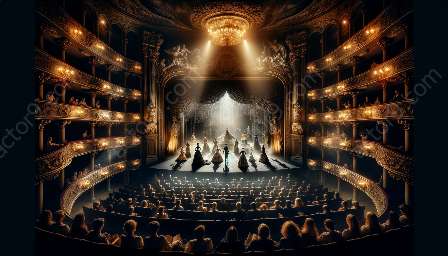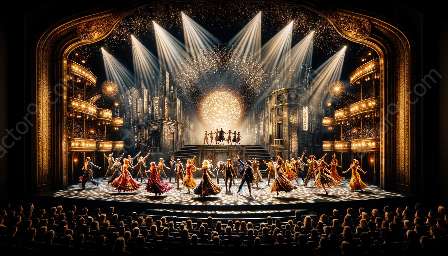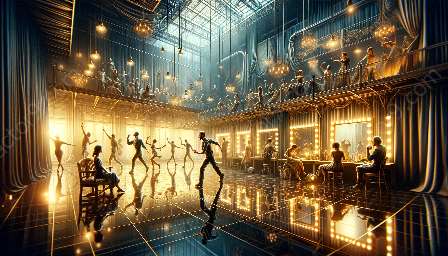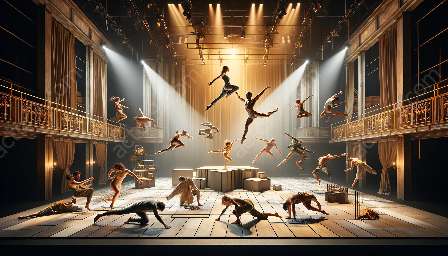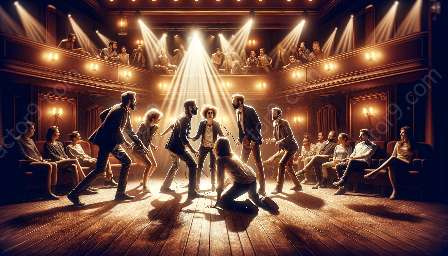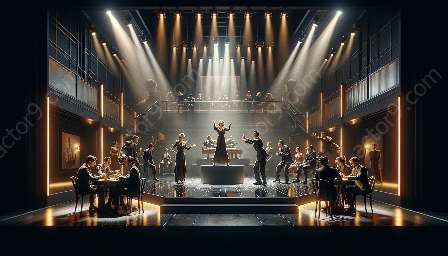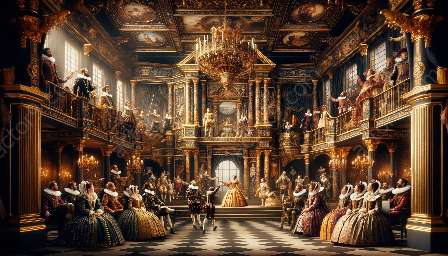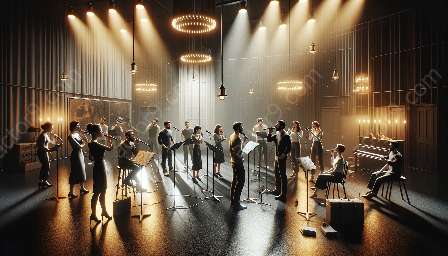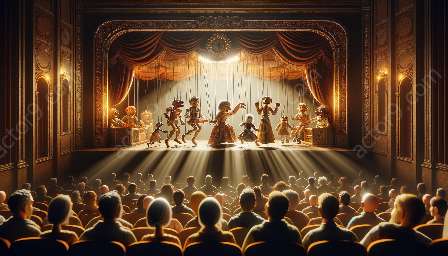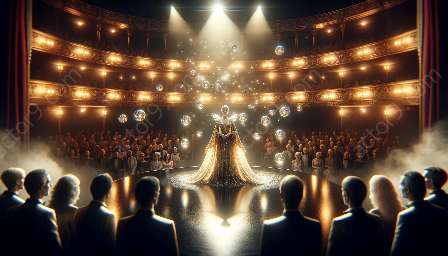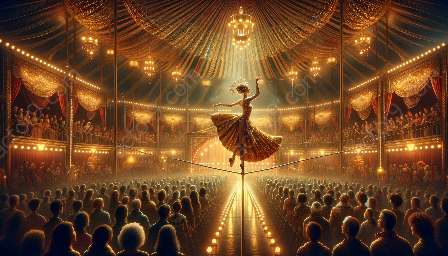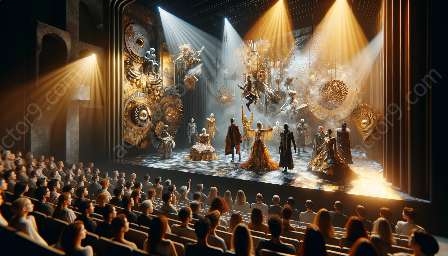Physical theatre is a captivating and expressive form of performance that utilizes the body as its primary storytelling tool. Through a combination of movement, gesture, and expression, physical theatre explores the depths of human experience and emotions, transcending linguistic barriers and engaging audiences on a primal level.
At its core, physical theatre is a powerful fusion of the performing arts, blending elements of acting, theater, and entertainment to create unique and immersive experiences. With its origins deeply rooted in ancient rituals, physical theatre has evolved over the centuries, embracing various cultural influences and artistic movements to become a compelling and dynamic art form.
The Origins and Evolution of Physical Theatre
Physical theatre traces its roots back to ancient civilizations, where rituals and performances relied heavily on the use of the body to convey stories, myths, and religious beliefs. These early forms of physical expression laid the groundwork for the development of modern physical theatre, influencing theatrical traditions across different cultures.
Throughout history, physical theatre has experienced significant transformations, adapting to the changing needs and aspirations of societies. From the commedia dell'arte of Renaissance Italy to the avant-garde experiments of the 20th century, physical theatre has continuously evolved, embracing new techniques and pushing artistic boundaries.
Techniques and Elements of Physical Theatre
Physical theatre encompasses a wide range of techniques and elements that distinguish it from conventional forms of performance. Movement, gesture, and the innovative use of the body serve as the primary vehicles for storytelling, allowing performers to communicate complex narratives without relying solely on dialogue.
In physical theatre, the body becomes a canvas for expression, as performers use their physicality to convey emotions, create characters, and build immersive environments. Through intense training and exploration, physical theatre artists develop a heightened awareness of their bodies, mastering control and precision to deliver compelling and evocative performances.
The Significance of Physical Theatre in the Performing Arts
Physical theatre holds immense significance in the realm of performing arts, offering a unique perspective on storytelling and human experience. Its ability to transcend linguistic barriers and cultural differences makes it a universal form of expression, resonating with audiences across diverse backgrounds.
Furthermore, physical theatre challenges traditional notions of performance, expanding the possibilities of what can be achieved on stage. Its fusion of acting, movement, and visual storytelling creates a multi-dimensional experience that captivates and enthralls spectators, inviting them to engage with the performance on a visceral level.
The Future of Physical Theatre
As the performing arts continue to evolve, physical theatre remains at the forefront of innovation and experimentation. With the integration of technology, interdisciplinary collaborations, and a growing emphasis on physicality in contemporary storytelling, the future of physical theatre holds boundless potential.
Embracing diversity, inclusivity, and a dynamic approach to performance, physical theatre is poised to continue captivating audiences and pushing artistic boundaries. Its ability to create visceral, transformative experiences ensures that physical theatre will remain a vital and influential force in the world of performing arts.

